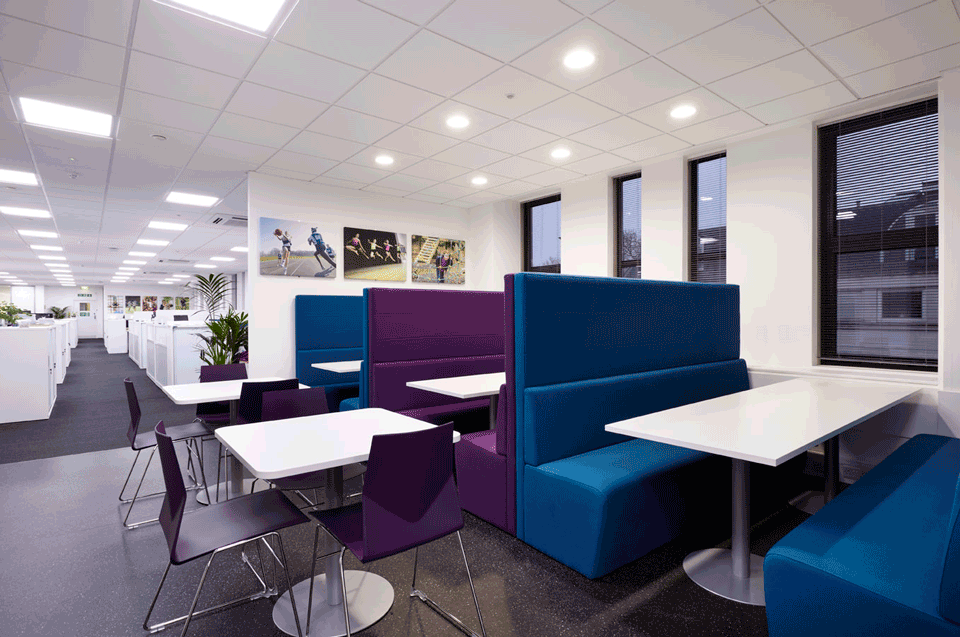Flexible learning environments enable students to be more productive in their studies and collaborate more effectively with peers. This approach (also known as agile learning or self-directed learning)empowers students by allowing them to choose which space is most suitable for their task.
The increased use of the iPad and other mobile technology in schools has meant that there is no need for students to be sat at a desk all day. Many schools in the UK are embracing soft seating and break-out areas as an excellent learning tool –helping to both motivate and empower the students, and encourage independent learning.
In a recent study in the US, flexible learning environments were shown to increase engagement, improve grades and enhance student participation. The students also seemed happier and were having more invigorating conversations.
By giving students a choice of learning spaces, you empower them to take responsibility for their own learning. The teacher plays a more passive role as facilitator or administrator, and is an instrumental part in encouraging the students to learn for themselves.
However, most schools are filled with apprehension, and don’t really know where to begin. If you are feeling this way, and are unsure how to proceed, you are not alone. Flexible learning environments do not have to be rolled out throughout the whole school and can be phased in slowly.
In essence, there are three types of agile learning spaces:
Small Collaboration Zones –These are small, relatively enclosed spaces where smaller groups can work together on a project, or focus on some quieter work together. Spaces like these enable students to be able to interact with their peers, and they may bounce ideas off their classmates, or clarify an answer. Although this side-steps traditional independent learning, it is much more powerful and better quality learning. Whiteboards are often used in these spaces for brainstorming purposes.
Large Collaboration Zones –Flexible learning environments like these are ideal for larger group work, whole class presentations or assemblies. These help students to learn to interact socially, and enhance their speaking and listening skills. These areas may be used by a teacher or facilitator to bring the whole class together to set a task or demonstrate a topic, then the class may disperse and work in a different area –however best suits each individual student’s style of learning.
Individual Working Zones –A traditional take on individual working would be a study carrell or similar. These spaces are ideal for when a student needs to work individually or concentrate on a complex task. These areas would often feature some kind of acoustic panelling to keep the noise down, and would use calming and/or high concentration colours.
Transforming your school environment from a traditional 1980s style classroom-and-corridor design to a flexible, agile design needn’t have to be an expensive or hasty change. Flexible learning can be rolled out throughout the school in a more gradual fashion.Many schools are starting by creating flexible learning environments in their sixth form areas, and using these as a pilot-scheme for the rest of the school. Here, the students are more mature and able to cope with change.
It also helps to disperse the cost more gradually.To find out more about flexible learning environments and how one could work for your school, contact one of our advisers on 020 8997 9656



